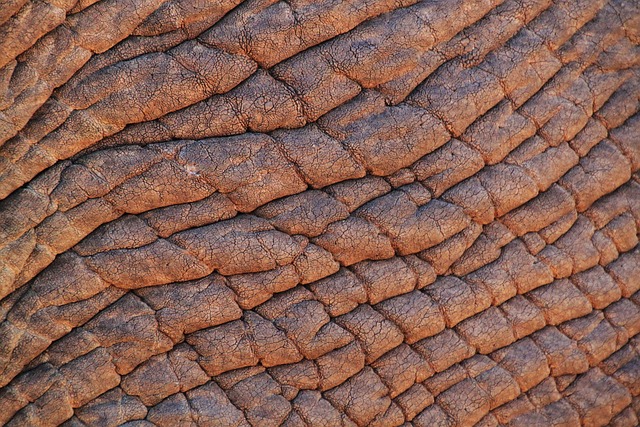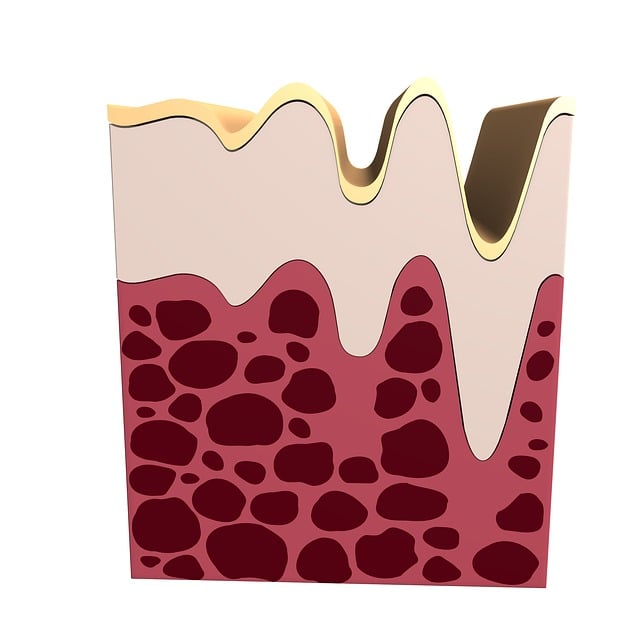Non-Surgical Skin Tightening: Science-Backed, Safe Results

Non-surgical skin tightening uses advanced technologies like radiofrequency and lasers to stimulate…….
In the realm of aesthetics and personal care, skin tightening has emerged as a transformative procedure, capturing the attention of individuals worldwide. This article delves into the intricate world of skin tightening, examining its definition, historical roots, global reach, and the various factors shaping its present and future trajectory. By exploring economic implications, technological innovations, regulatory frameworks, and real-world applications, we aim to provide an extensive overview for readers seeking insights into this rapidly evolving field.
Skin tightening, at its core, refers to a range of medical esthetics treatments designed to reduce the appearance of skin laxity and promote a more youthful, firm complexion. This procedure has evolved over centuries, driven by advancements in science and technology, and an increasing demand for personalized beauty solutions. As we navigate through this article, we will uncover the multifaceted aspects that contribute to its popularity and influence across borders.
Skin tightening is a broad term encompassing various non-invasive and minimally invasive procedures aimed at improving skin elasticity and texture. These treatments work by stimulating collagen production, enhancing tissue firmness, and reducing the visible signs of aging. The core components of skin tightening include:
Historically, traditional methods like massage, exercise, and certain herbal remedies have been practiced to enhance skin firmness. However, modern skin tightening techniques have evolved significantly over the last few decades with the advent of advanced technologies. Laser technology, radiofrequency (RF), microwave, and ultrasonic waves are now commonly utilized in dermatological practices worldwide.
Skin tightening has transcended geographical boundaries, captivating individuals across diverse cultures and demographics. This global trend is influenced by several factors:
| Region | Trending Factors | Popular Techniques |
|---|---|---|
| North America | High disposable income, celebrity endorsements | Laser skin tightening, RF microneedling |
| Europe | Stricter cosmetic regulations, focus on natural ingredients | Ultradermic needling, radiofrequency treatments |
| Asia Pacific | Rising middle class, traditional aesthetics blend with modern tech | Korean-style facial treatments (e.g., LED light therapy), non-invasive fat reduction |
| Middle East | Emphasis on anti-aging, luxurious spa experiences | Mesotherapy, chemical peels |
The market dynamics in each region play a pivotal role in shaping the demand for skin tightening services. For instance, North America’s robust economy and celebrity culture have fueled the popularity of advanced laser treatments. In contrast, Europe’s stringent cosmetic regulations encourage product innovation, making certain non-invasive procedures more appealing. Asia Pacific’s growing middle class is driving demand for personalized skincare, blending traditional practices with modern technology.
The economic aspects of skin tightening are multifaceted and contribute to its overall appeal and accessibility. Here’s an analysis of key factors:
Technological breakthroughs have been instrumental in revolutionizing the skin tightening industry. Here’s an overview of some significant advancements:
These advancements not only improve treatment outcomes but also cater to diverse consumer preferences, making skin tightening more accessible and appealing to a broader audience.
The regulatory environment plays a crucial role in ensuring safety and quality in the skin tightening industry. Here’s an insight into key considerations:
While skin tightening offers significant benefits, it’s essential to address potential concerns and ensure patient safety:
The skin tightening market is highly competitive, with numerous players offering various techniques and technologies. For businesses to thrive, differentiation is key:
As technology advances and consumer preferences evolve, the skin tightening industry is poised for further growth and innovation:
Skin tightening has evolved from traditional practices to a modern, technologically advanced industry, catering to diverse consumer needs and preferences worldwide. With ongoing innovations, stringent regulations, and a focus on patient safety and satisfaction, the future of this industry looks bright. As technology continues to drive growth and differentiation, consumers can expect more effective, accessible, and personalized skin tightening options, contributing to their overall well-being and confidence.

Non-surgical skin tightening uses advanced technologies like radiofrequency and lasers to stimulate…….

Non-Surgical Skin Tightening uses advanced technologies like radiofrequency and lasers to stimulate…….

Non-surgical skin tightening leverages advanced technologies like radiofrequency (RF) and light-base…….

Non-surgical skin tightening techniques like RF and HIFU use advanced technologies to stimulate coll…….

Non-surgical skin tightening methods like radiofrequency, ultrasound, and collagen induction offer s…….

Non-Surgical Skin Tightening offers safe, effective solutions for achieving a youthful complexion wi…….

Non-surgical skin tightening utilizes advanced technologies like radiofrequency (RF), laser, and ult…….

Non-Surgical Skin Tightening (NST) is a revolutionary beauty trend using advanced technologies like…….

Non-Surgical Skin Tightening uses laser technology to stimulate collagen production, offering a safe…….

Non-surgical skin tightening leverages advanced technologies like radiofrequency and lasers to stimu…….